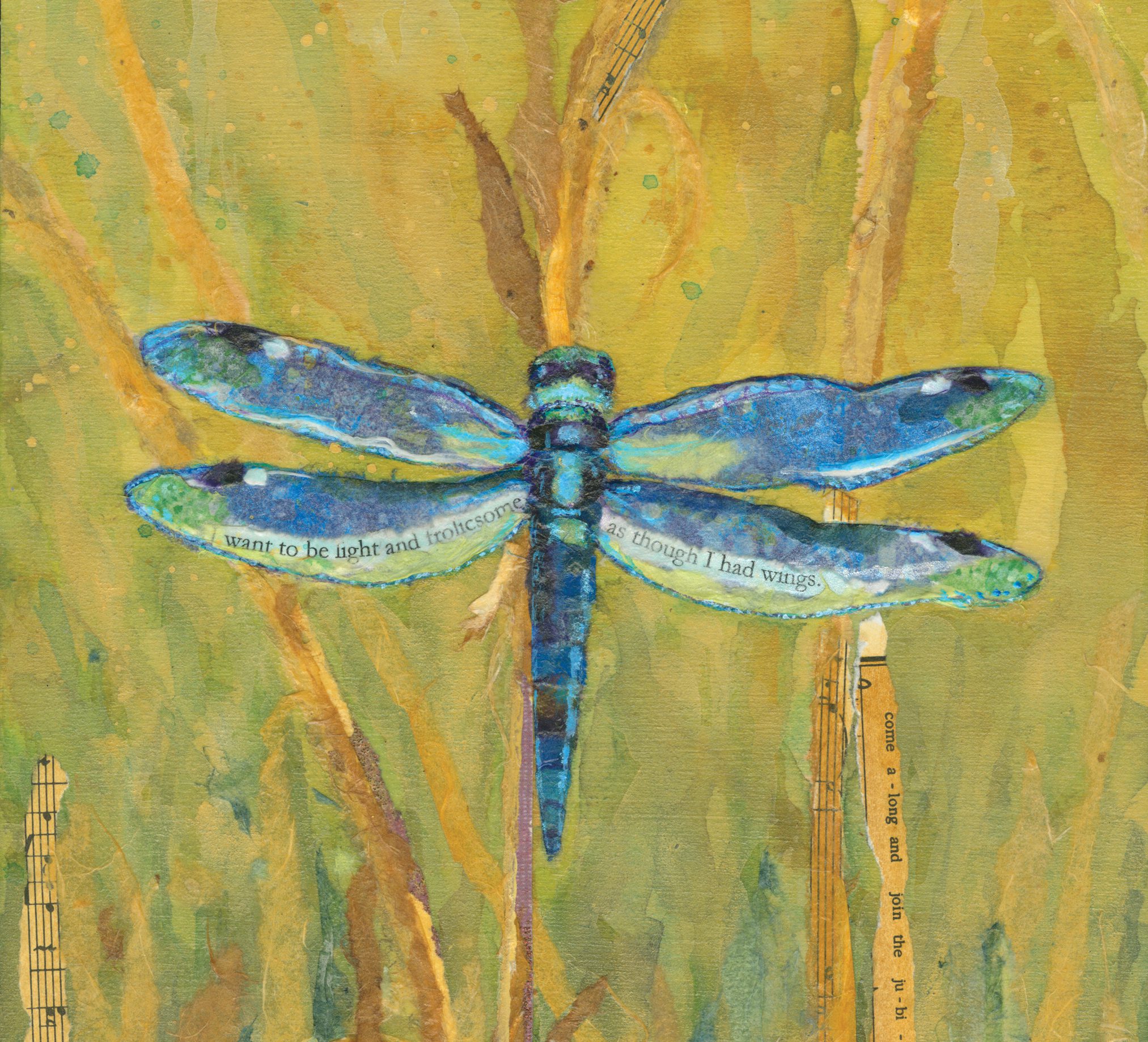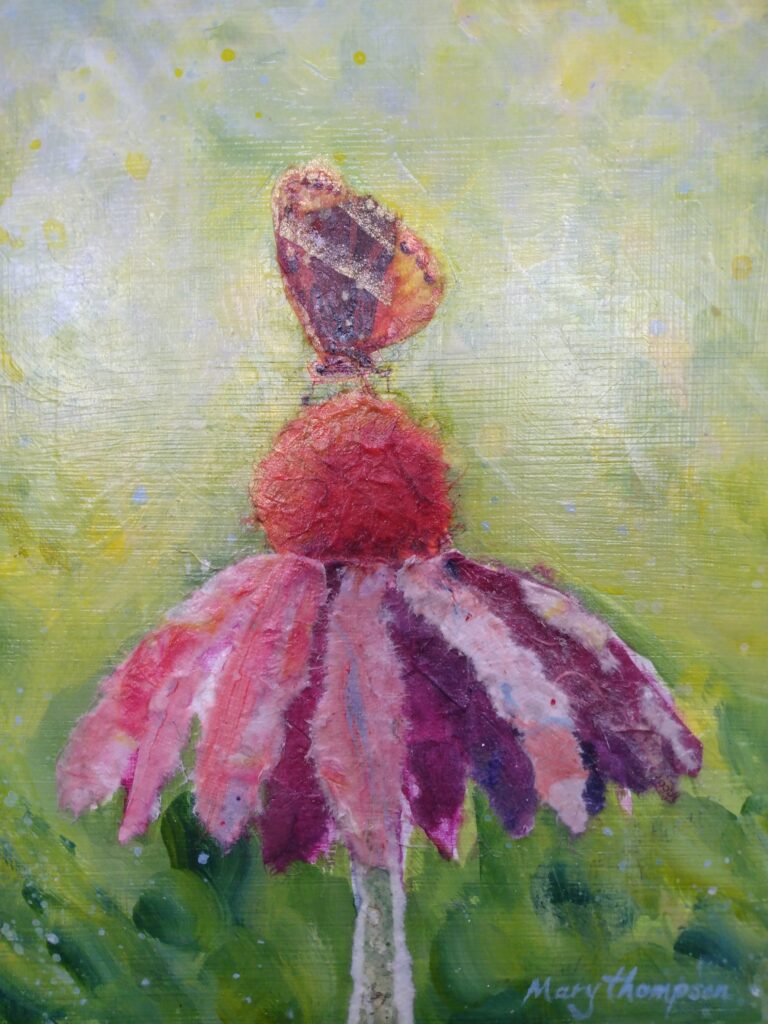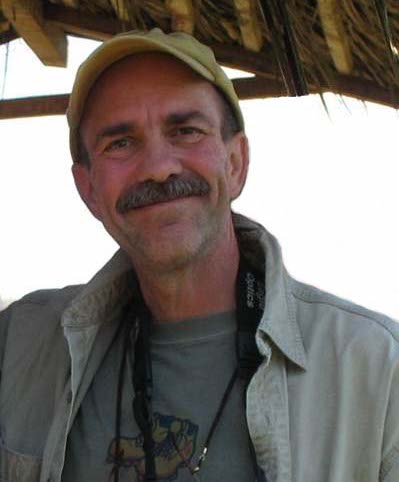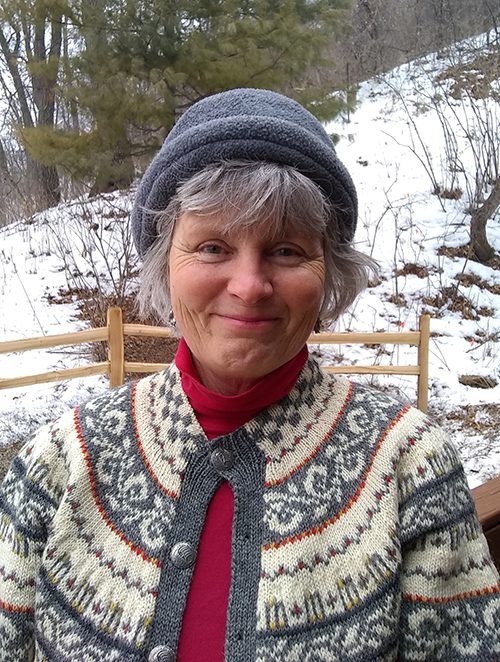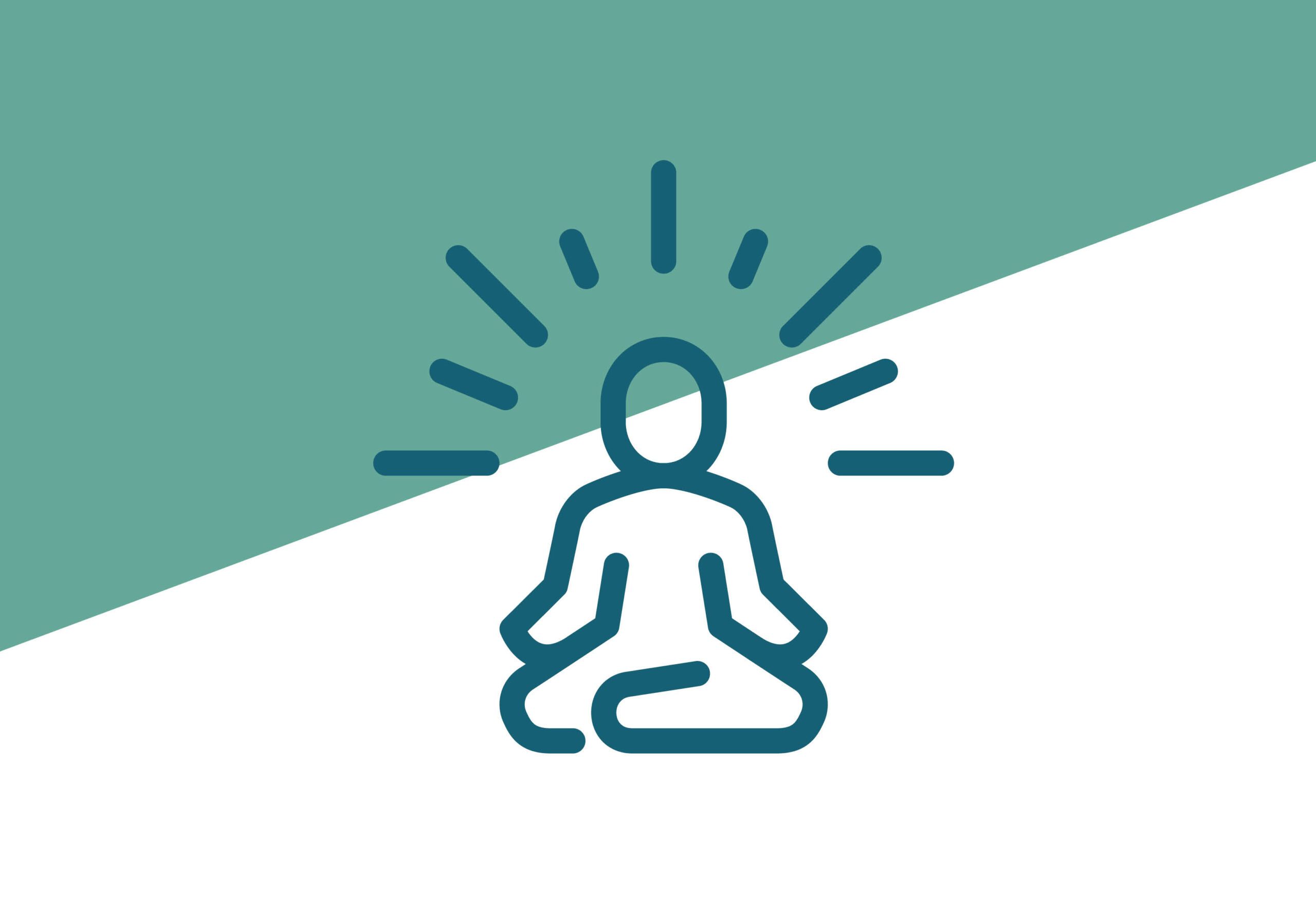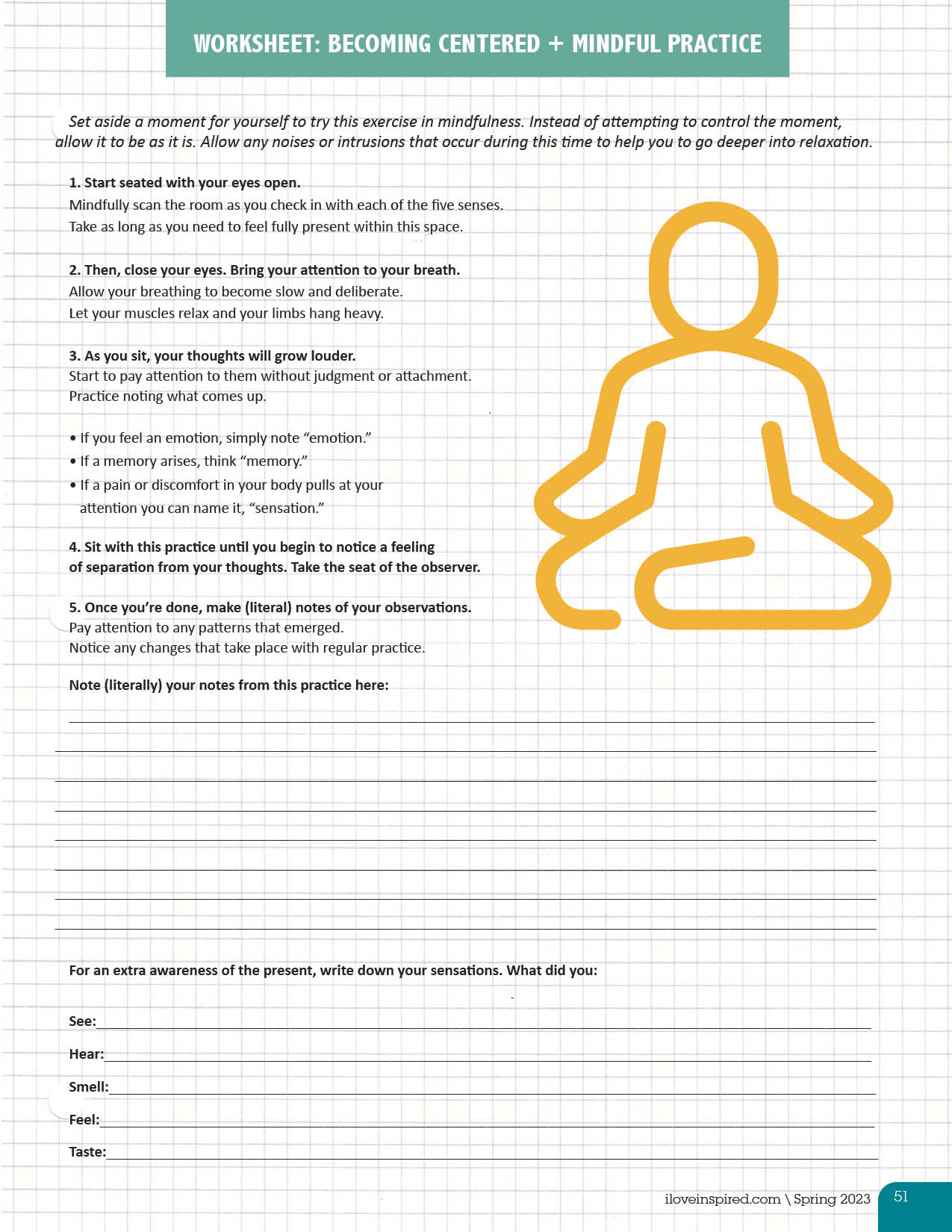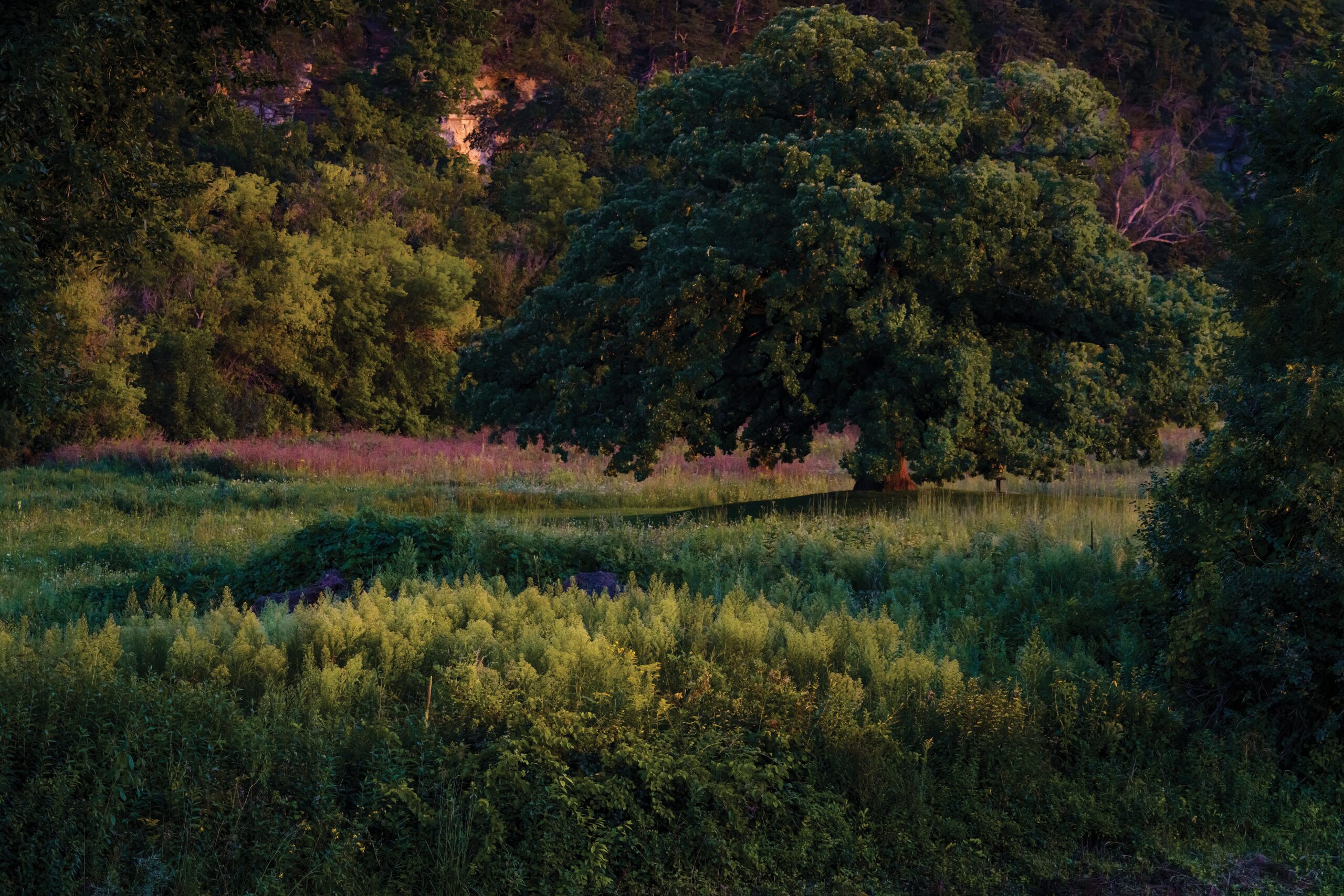
Decorah’s Charlie Langton will tell you he’s not really a photographer. But we here in Decorah know the truth. He’s a photographer in the greatest sense. I chose his gorgeous prairie tree photo for our center spread this issue, because it just felt like summer – and the promise of fireflies and lushness and magic – but what Charlie is most famous for are his frequent pics of the people of Decorah: Kids hanging out in the shady gazebo at Water Street Park, grocery shoppers grabbing local produce at Oneota Co-op, partners walking hand-in-hand down the streets and alleys of this Northeast Iowa town. Each photo holds moments in time, feelings of a community, snippets of those passing through, passing time, passing by.
Photos get clever captions, like “Mom delighting in embarrassing her kid,” and “Definitely not lactose intolerant,” and “That matchless feel of a spring wind in your beard.” And if you’re on Facebook (and even if you’re not), and you know Charlie, he’s posting a delightful collection of photos of you to help celebrate your birthday.
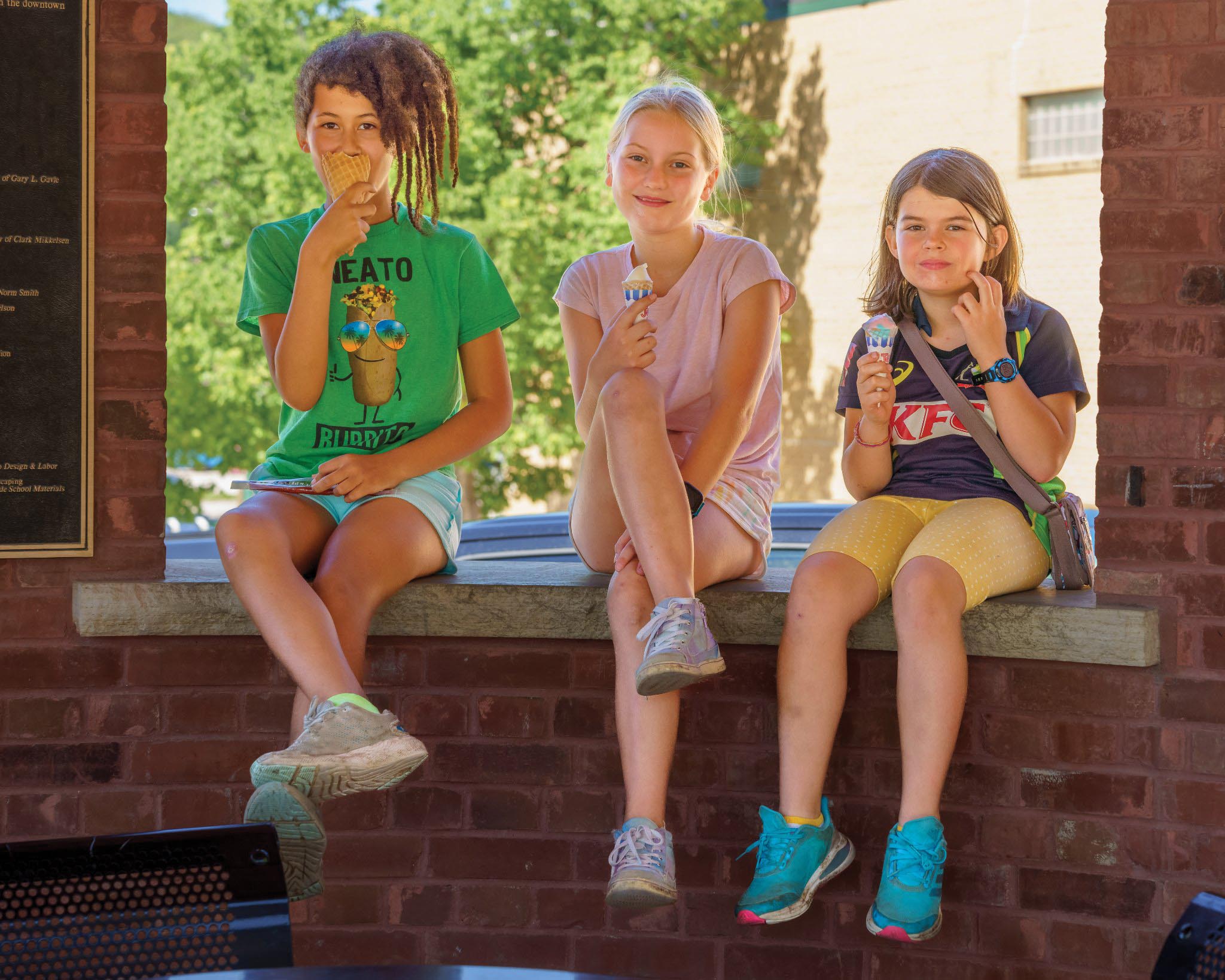
You can see more of Charlie’s work at his photography exhibit opening on his birthday, August 1, at Impact Coffee in Downtown Decorah, and on display for the rest of that month.
“There aren’t any big photos of people in the exhibit because who would want their mug plastered large on a coffee shop wall for a month?” says Charlie. “So most of the photos are landscapes and town shots. But that didn’t reflect what I do most, so Tanya, Anja [from Perfect Edge Custom Framing], and I came up with the idea of a large collage called ‘We’re All In This Together,’ made up of small 2×3-inch people shots. I still felt the need to ask permission, so I posted on Facebook and Instagram. Remarkably over 200 folks said yes!”
I suggested to Charlie that we make him business cards that say “Community Photographer,” since he’s now retired from a 30+-year career as Communications and Marketing Director at Vesterheim Museum. He had no reply to that, but he did answer five questions for us about his years capturing the essence of this community.
Q&A with Charlie Langton
What is your favorite part of being Decorah’s unofficial “community photographer?”
We are lucky to have a lot of great photographers, and they are all more imaginative and technically proficient than I am. If anyone thinks of me as our unofficial community photographer, it’s only because I am always out taking pictures of everything, everyone, everywhere, all the time – a title earned only by sheer, indiscriminate volume. I love taking photos – it is among my greatest joys – and folks not only have gotten accustomed to it, they often become spontaneous collaborators. I owe so much to this community, which allows me this happiness fairly unrestricted and which understands the value of seeing our lives reflected back as we live them, uncurated.
Do you have an all-time favorite photo you’ve taken? What’s the story behind it?
My favorite photograph usually is the last one I took that isn’t awful, until I eventually see what’s wrong with it and need to take the next one. But some photos do have lasting importance for me. During the rash of family farm foreclosures in the 1980s, some farmers were allowed to rent back their land from the bank. But without a few pieces of essential machinery to farm with, the land would be pointless, so at many auctions activists and friends would hold up a white cross to discourage bidding on an item. That way the farmers could buy back their own implements from the bank at the lowest price possible. At one farm sale I took a shot of a man holding up a white cross lit up by the merciless winter sun. That grainy pic on old Tri-X film will always have special meaning for me, capturing a kind of resilience in a tragic time.
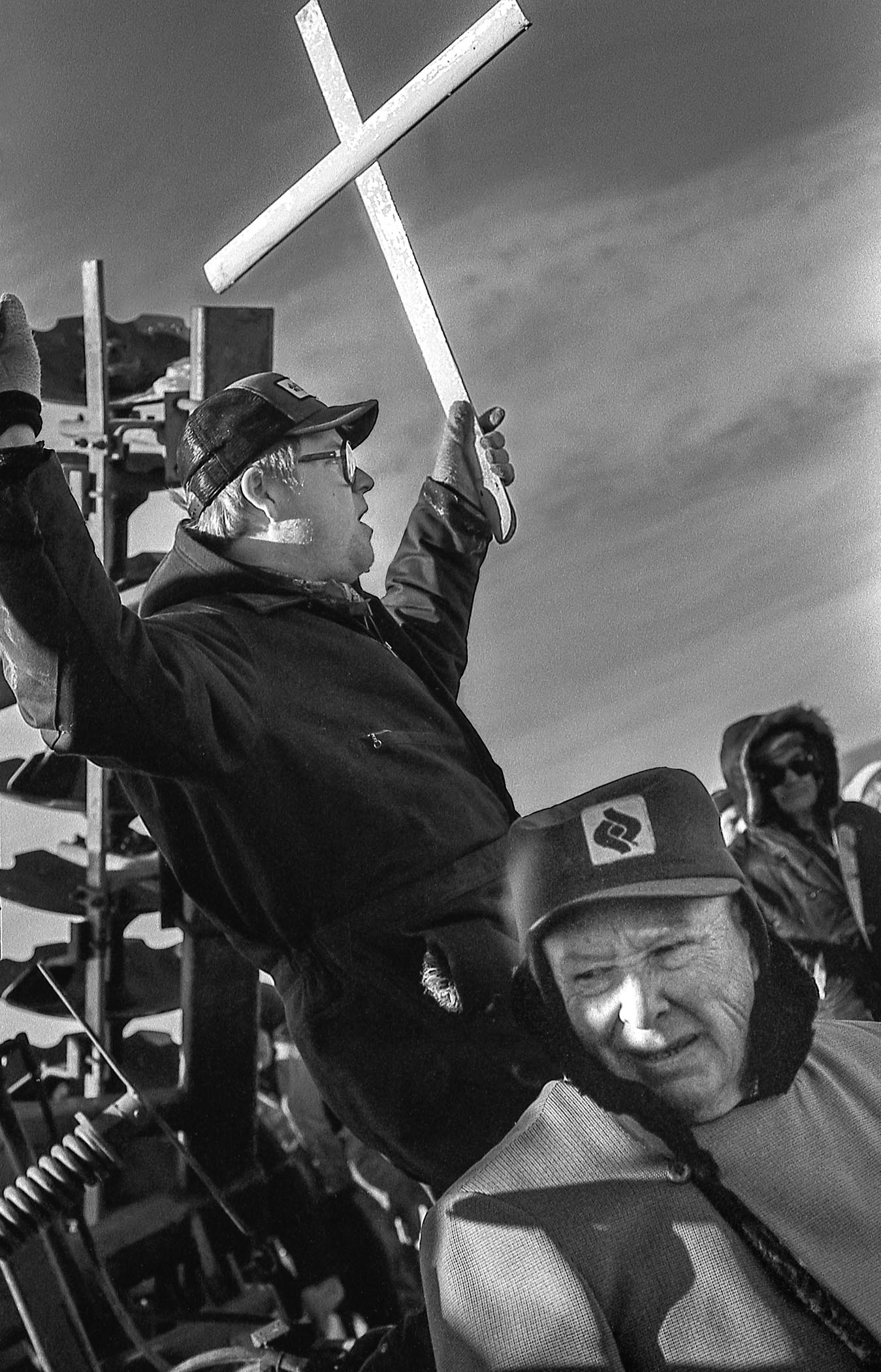
What’s one book and/or movie you think everyone should read or see in their lives?
These sorts of questions are too hard, especially for an English major and a movie buff. I can say that Universal Harvester by John Darnielle is the best book I’ve read in many years, and certainly the best book I’ve read about small-town Iowa. It’s got the pacing of a thriller, but ends up being something else entirely – a moving elegy about loss, rural life, and mothers. It really is a kind of quiet tour-de-force, with evocative passages that will take your breath away. Hipper folks than me know Darnielle from the music group Mountain Goats. Watch any movie by Wim Wenders. And currently on TV, Somebody, Somewhere is matchless.
What would you tell your 22-year-old self, today?
Have the courage to be totally yourself, love whom you love and do what you love. Understand that everything changes, criticisms and praise both fall away in time, and what you’re left with is yourself. There is nothing you do that someone else doesn’t do better, but that’s a poor excuse to do nothing. Fear less, risk more. Actually I tell my 72-year-old self the same things.
What’s inspiring you right now?
We’re coming out of one difficult time, a time of imposed isolation – the COVID pandemic – and seem to be entering another time of isolation, one of deep division and intolerance. So it may seem totally illogical to say, but what inspires me now is other people. So many have faced loss and suffering. So many face discrimination and marginalization. But I am inspired by their courage and their willingness to help and support others despite their own struggles. I am inspired by older people who could virtually mark their end of days on a calendar and yet embrace their fullest lives. And I am inspired by young people who face unimaginable challenges and yet everyday remind us of joy.




